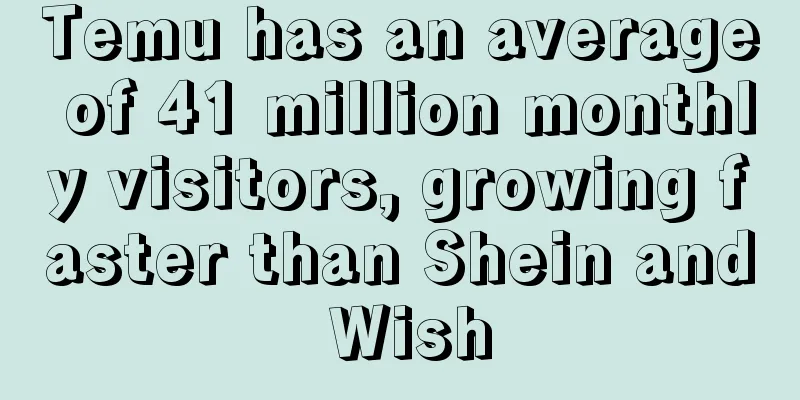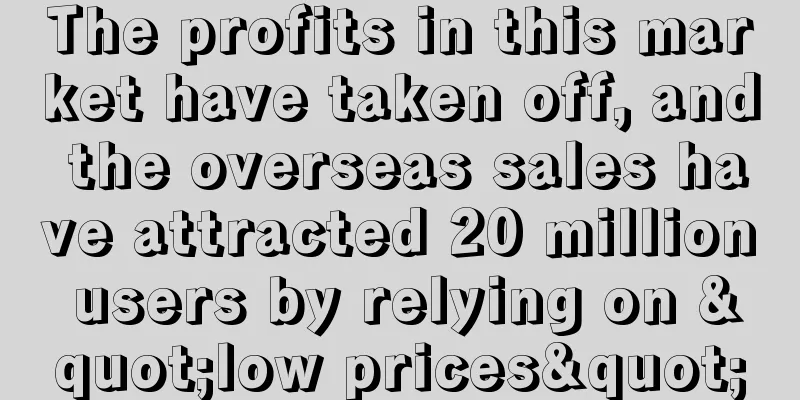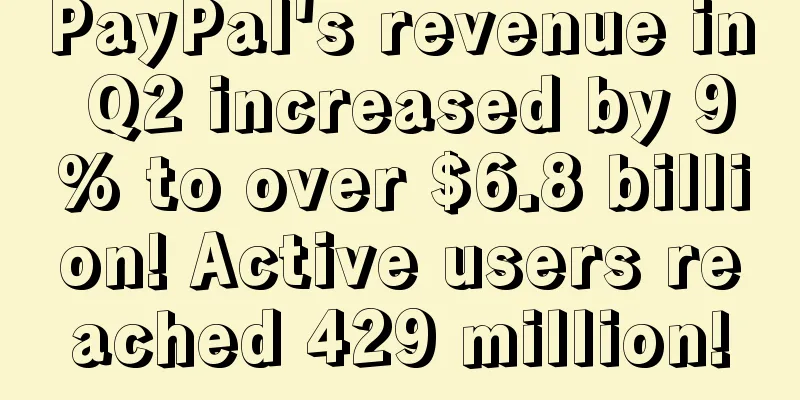Pessimism among American consumers is spreading! Where are the growth opportunities for cross-border sellers?

|
Currently, inflation in the United States has reached its highest level in decades, and consumer confidence is facing unprecedented challenges. However, McKinsey's latest consumer pulse research shows that the US consumer market still has growth opportunities amid the generally pessimistic situation.
McKinsey's latest research comes from a survey conducted in July 2022, which collected feedback from more than 4,000 American adults and revealed changes in American consumer sentiment and behavior during a period of high uncertainty. The survey said that although consumer confidence overall fell to a new low, savings were high. There were also subtle differences in consumption among different age groups, income levels and categories.
Consumption generally downgraded Americans have money but dare not spend it
The survey shows that despite the volatility in the market, most American consumers still have a lot of savings to use. During the epidemic, people reduced their spending on travel and other aspects, and their savings levels generally increased. However, the savings of low-income households decreased slightly.
However, as inflation rises, American consumers are increasingly pessimistic about the economic outlook. 30% of respondents said they felt pessimistic and that we may be heading for one of the worst recessions we have ever seen. Rising prices are people's biggest concern, with nearly two-thirds saying inflation is their top concern, far surpassing other economic, political and personal issues including the epidemic.
As prices rise sharply, people are changing the way they spend. 74% of survey respondents said they are shopping less, with half of them reporting a significant drop in spending.
Those who reduced their consumption either adjusted the quantity or package size they purchased (60%) or decided to delay a purchase (44%). Especially in the areas of footwear, groceries, home improvement and apparel, more low-income consumers said they postponed purchases than higher-income consumers. Saving money became the top priority.
Prices are rising sharply These are the people who are most willing to spend money
Amid a general rise in prices, there are subtle differences in the consumption views of consumer groups of different age groups, and the degree of concern about rising prices increases with age.
Among baby boomers, 75% said rising prices were their biggest concern, while 71% of Gen Xers said the same.
Among younger groups, 55% of millennials and only 44% of Generation Z said inflation was their biggest source of stress. For Generation Z, personal and political topics ranked top of their list of concerns, along with inflation.
Income levels are also a factor. With the exception of Generation Z, high-income consumers of all ages say their spending will continue to grow, regardless of whether they buy necessities or discretionary items. Millennials are particularly optimistic, with high-income millennials saying they plan to spend in almost all categories, whether necessities or discretionary items.
On the other hand, low- and middle-income people of all ages will reduce spending on non-essential items.
Necessities Rise Other categories have these changes
The survey found that there is a deviation between American consumers' perception of prices and reality.
Take consumer electronics, skin care and cosmetics, toys and baby products as examples. About 30% of respondents believe that prices in at least one of these categories have increased significantly, but the actual inflation rate in these categories is less than 2%.
In other categories, the opposite was true. For example, only 25% of respondents thought that prices for home and garden supplies had risen a lot, but actual inflation was over 11%.
As overall consumer spending drops, consumers are expected to spend more on necessities and some are dipping into their savings. Spending has fallen in some categories, but Americans are still far more willing to spend than they were in the months before the pandemic.
Some categories that saw sales increases during the pandemic are beginning to slow, but others are still experiencing double-digit growth. Cosmetics sales increased 16%, and pet supplies sales increased 11%. Categories that showed recovery in 2021, such as retail apparel and restaurants, have remained fairly stable this year.
Editor✎ Ashley/ Disclaimer: This article is copyrighted and may not be reproduced without permission. |
<<: Lowe's releases new quarterly financial report! Both revenue and profit declined!
>>: The "Internet celebrity economy" is rising rapidly! Walmart has also begun to layout this track!
Recommend
Primeday final countdown! Don’t panic if errors occur
The much-anticipated Prime Day is coming, and sell...
What is Kevo Group? Kevo Group Review
Kivo Group is a service provider founded in Los An...
What is WowLister? WowLister Review
WowLister is a tool that can convert Amazon produc...
Amazon Prime Day postponed, Canton Fair moved online, what should sellers do?
The epidemic situation in the United States is sev...
What is Selz? Selz Review
Selz is an e-commerce platform for growing your bu...
Is Amazon a thing of the past? In fact, its golden age has just begun
What is the preferred platform for cross-border e-...
As an off-site service provider, I have taken over tens of thousands of products and summarized the following unsalable inventory list:
List of unsaleable products (partial) Category pr...
What is paromi? Paromi Review
Paromi is a unique oasis that specializes in selli...
What is 3C certification? 3C certification review
The full name of 3C certification is "China C...
"AMZ123 Member" new benefits launched, limited time early bird price 299/year
Since the launch of "Members", we have a...
US e-commerce sales continued to rise in September! Growth in home furnishings and hardware categories slowed down!
<span data-docs-delta="[[20,"获悉,根据万事达卡Spen...
Directly refund money based on sales?! Amazon’s new policy is ready to spend money!
Amazon recently launched a new subsidy program, w...
FedEx Expands E-Commerce Delivery Options for Retailers!
FedEx has expanded e-commerce delivery options for...
Amazon's "accurate information" violation, is your account still safe?
text As Amazon's Black Friday shopping festiv...
7,000 people petitioned my brother-in-law not to return to Earth! Will cross-border financing be affected by the constant turmoil of big sales?
It is learned that Amazon founder Jeff Bezos will ...









